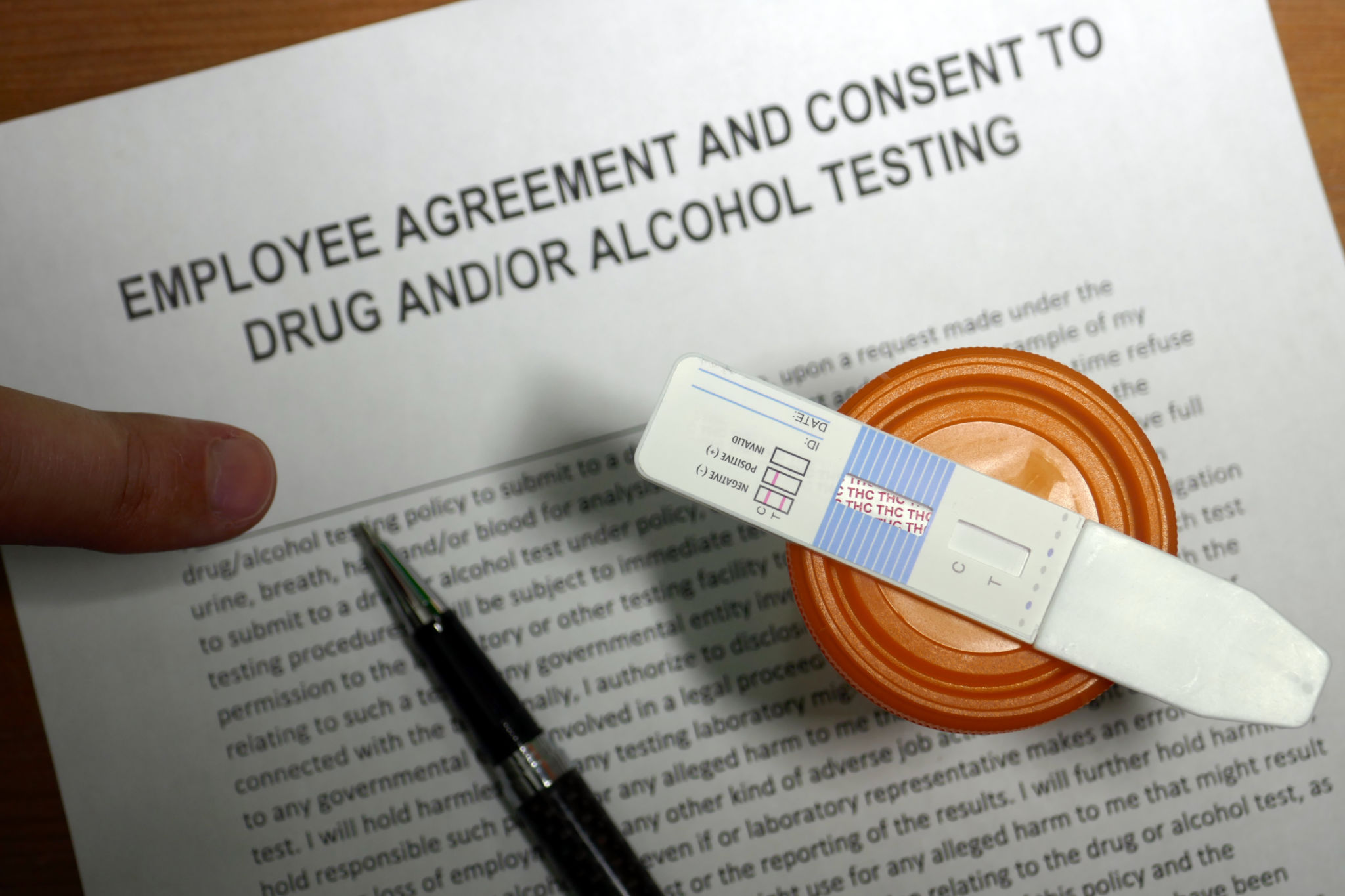Comparing Drug and Alcohol Testing Methods: Which is Right for You?
When it comes to maintaining a safe and productive environment, drug and alcohol testing can be an essential tool for employers and organizations. With various testing methods available, understanding which one suits your needs best is crucial. In this article, we will compare different drug and alcohol testing methods to help you make an informed decision.
Urine Testing
Urine testing is one of the most common methods for detecting drug use. It is widely used due to its cost-effectiveness and ability to detect a wide range of drugs. Typically, urine tests can identify drug metabolites for up to a few days after use, depending on the substance.
This method is non-invasive and easy to administer, making it a popular choice for workplace drug testing. However, it may not always be the most reliable for detecting recent use or impairment, as it reflects past consumption rather than current intoxication.

Blood Testing
Blood testing is another method that provides accurate results by directly measuring the presence of drugs or alcohol in the bloodstream. This method is often used in situations where immediate detection of current impairment is necessary, such as in law enforcement settings.
While blood tests offer precise results, they are more invasive and require trained personnel to administer. Additionally, they are typically more expensive than urine tests, which can be a consideration for organizations with budget constraints.
Saliva Testing
Saliva testing, also known as oral fluid testing, is gaining popularity for its non-invasive nature and ability to detect recent drug and alcohol use. The detection window for saliva tests is shorter than that of urine tests, generally reflecting use within the past 24 to 48 hours.
This makes saliva testing an excellent choice for detecting current impairment. It is also relatively easy to administer and can be conducted on-site without the need for specialized equipment. However, it may not detect long-term drug use effectively.

Hair Follicle Testing
Hair follicle testing provides a longer detection window compared to other methods, often up to 90 days. This test analyzes hair samples to identify drug metabolites that have been incorporated into the hair shaft over time.
While hair follicle testing is excellent for identifying long-term patterns of drug use, it may not be effective for detecting very recent use. It is also more expensive than urine or saliva testing, which might limit its practicality for some organizations.
Breath Alcohol Testing
Breath alcohol testing is a common method for measuring blood alcohol concentration (BAC) levels quickly and non-invasively. This type of test is widely used by law enforcement during roadside checks and by employers in safety-sensitive industries.
The primary advantage of breath tests is their ability to provide immediate results regarding current alcohol impairment. However, they are limited to detecting alcohol only and cannot be used for other substances.

Choosing the Right Method
When deciding which drug or alcohol testing method is right for you, consider factors such as the type of substances you need to detect, the required detection window, your budget, and the invasiveness of each method. Each testing method has its strengths and limitations, so selecting one that aligns with your specific needs is essential.
For ongoing monitoring of employees or individuals, a combination of methods may offer the most comprehensive results. Understanding these options will help you maintain a safe and compliant environment effectively.
